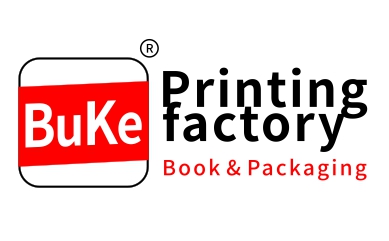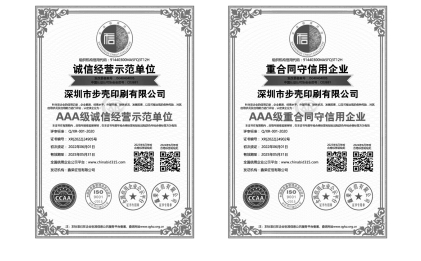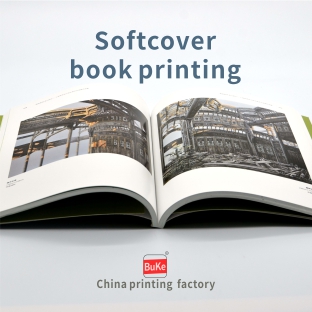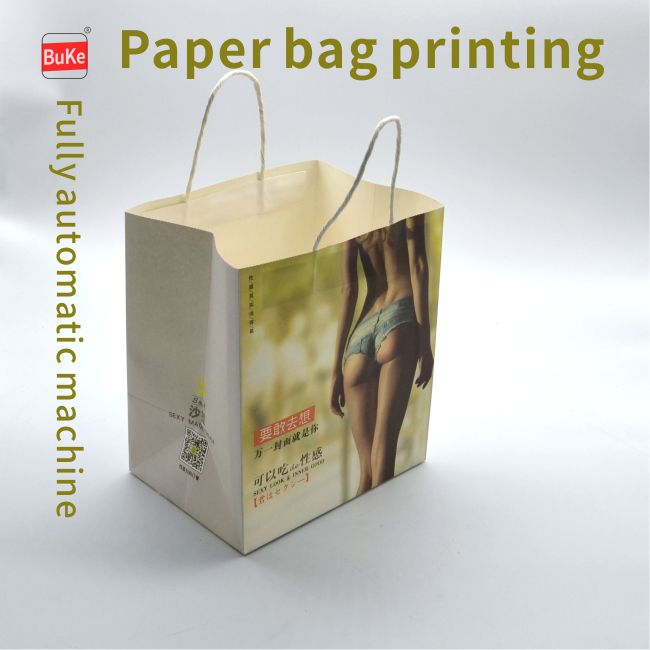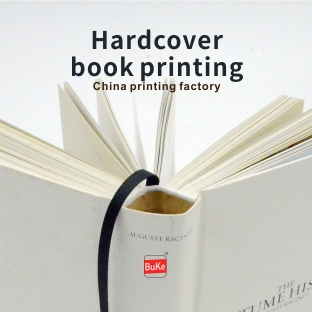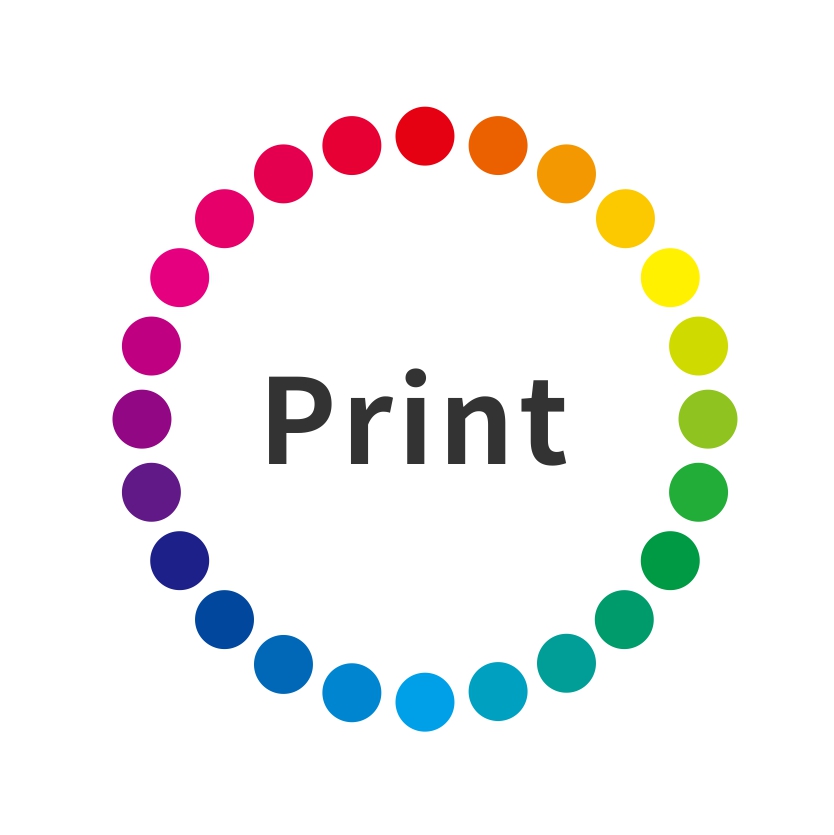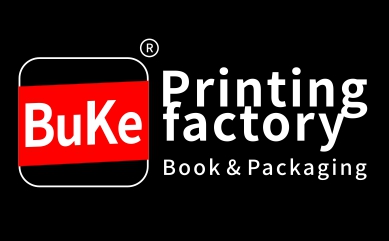Printing wages in the era of planned economy 【 Buke printing factory 】
In the era of planned economy, printing prices were set by the national administrative department, and the national labor rates were implemented from the early 1950s to 1992. At the beginning of the national liberation, Xinhua Bookstore, which was in charge of publishing and printing, implemented specialized division of labor, and various book and magazine printing factories took the lead in implementing enterprise management. The printing tasks accepted by the printing factory gradually become paid production contracts. On January 1, 1951, the General Management Office of Xinhua Printing Factory, a department in charge of national printing factories under the State Administration of Press and Publication, issued a price list for book and magazine printing in Beijing. Subsequently, the Preparatory Committee of the Shanghai Lead Printing Industry Trade Union also released a book and magazine printing price list in February of that year. Subsequently, other provinces and cities also referred to the above two wage regulations and formulated the printing prices for books and periodicals in their respective regions. The labor price lists in North China, Northeast China, and Northwest China are basically based on the structure and price range of the Beijing labor price list, while the printing labor prices in other regions are determined according to the Shanghai labor price list.
These price lists set the work that can be independently measured during the printing production process as pricing items. The sum of the prices calculated for all pricing items (processing actions) required for a certain product is the total price of the product. This pricing model has not yet changed and is still applicable, but the items and prices of printing pricing have changed according to changes in printing technology.
The era background of this period requires publishing to serve politics, provide books for the general public to read, and be affordable. Printing should serve publishing. Therefore, the price level determined by the labor price table is inevitably "breakeven and meager profit". However, due to the implementation of an eight level salary system for workers at that time and an administrative level salary system for the dry sector, none of them were linked to the economic benefits of the enterprise. In this way, although the income of enterprises is relatively low in the horizontal comparison of various industries in society, there is no prominent contradiction. However, such wages brought unfavorable factors to the operation and management of printing factories during the era of reform and opening up.
The printing price list during this period distinguished and positioned the proportional relationship between the prices of various internal processes based on the productivity level at that time. At that time, the technical content and pricing of the plate making and processing processes were relatively high, followed by the printing and processing processes. The labor price setting for the manual typesetting and binding processing processes was the lowest. Therefore, this price list has imposed constraints on typesetting and binding, limiting the pace of purchasing advanced production tools, developing and enhancing production capacity in these two departments, and also creating significant resistance to adjusting price comparisons between major printing processes in the future.
From the 1950s to the late 1970s, China implemented a planned economy and prices remained stable for a long time. Therefore, this labor price list has been used without modification. During the period from 1978 to 1991, China implemented a new political line and economic policies, and implemented a socialist market economy. In order to adapt to economic development and the current situation of the printing and publishing industries, the government and relevant departments have broken the unchanged situation of printing wages in the past 30 years and made several frequent and fast-paced adjustments to printing wages. The second adjustment of the Beijing regional labor price list has been implemented since January 1978. The price level of this price list has increased compared to before. The fourth printing price list should be the calculation method for printing product prices in the Beijing region issued by the Beijing Municipal Price Bureau in 1991, which was also the last round of price lists formulated by government departments during the planned economy era. The labor price list at this stage is a document formulated by the government, so both the publishing and printing parties are following and implementing it without much objection. Therefore, it can be said that the printing price list of the planned economy era mentioned above is a fully standardized document.
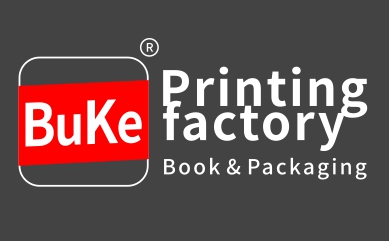
Printing wages in the era of planned economy 【 Buke printing factory 】



